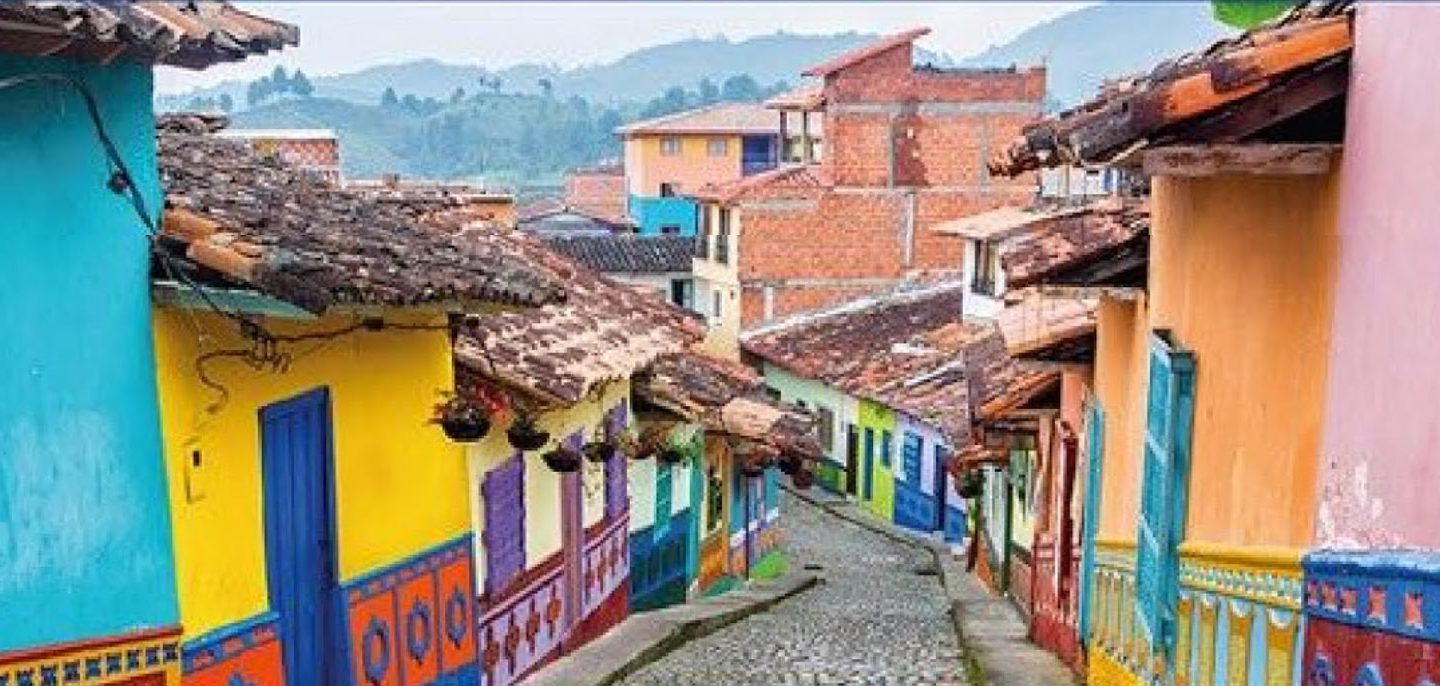Discussions of the illicit and the illegal have tended to be somewhat restricted in their disciplinary range, to date, and have been largely confined to the literatures of anthropology, criminology, policing and, to an extent, political science. However, these debates have impinged little on cognate literatures, not least those of urban and regional studies which remain almost entirely undisturbed by such issues. This volume aims to open up debates across a range of cognate disciplines.
The Illicit and Illegal in Regional and Urban Governance and Development is a multidisciplinary volume that aims to open up these debates, extending them empirically and questioning the dominant discussions of governance and development that have been rooted largely or entirely in the realm of licit and legal actors. The book investigates these issues with reference to a variety of different geographical contexts, including, but not limited to, places traditionally considered to be associated with illegal activities and extensive illicit markets, such as some regions in the so-called Global South. The chapters consider the ways in which these questions deeply affect the daily lives of several cities and regions in some advanced countries. Their comparative perspectives will demonstrate that the illicit and the illegal are an underappreciated structural aspect of current urban and regional governance and development across the globe.
The book is an edited collection of research-informed essays, which will primarily be of interest to those taking advanced undergraduate and taught postgraduate courses in human geography, urban and regional planning and a range of social science disciplines that have an interest in urban and regional issues and issues related to crime and corruption.
Table of contents
Chapter 1: Grey Governance and the Development of Cities and Regions: The Variable Relationship Between (Il)legal and (Ill)licit (Francesco Chiodelli, Tim Hall, Ray Hudson and Stefano Moroni)
Chapter 2: Drug trafficking in the Sahara Desert: follow the money and find land grabbing (Luca Raineri)
Chapter 3: Invisible journeys across India-Bangladesh borders and bubbles of corrupt networks: stories of cross-border rural-urban migration and economic linkages (Hosna J Shewly and Md Nadiruzzaman)
Chapter 4: Gangsters, guerrillas and the rise of a shadow state in East Timor (James Scambary)
Chapter 5: Criminal networks, youth street groups and illicit territorial regulation in Moscow and Tbilisi (Svetlana Stephenson and Evgeniya Zakharova)
Chapter 6: Illegal enterprises and the city: when territorial control is an issue of urban governance Lessons from Medellín, Colombia (Laure Leibler)
Chapter 7: Mobs, Sucanchiuostru, Anti-Communists: Global and Local Actors in the Sack of Palermo (Vincenzo Scalia)
Chapter 8: Filling governance and development vacuums: a role for development actors or criminal groups? (Sasha Jesperson)
Chapter 9: Planning for Marijuana: Development, Governance, and Regional Political Economy (Michael Polson)
Chapter 10: Embedding illegality, or when the illegal becomes licit: planning cases and urban transformations in Rome (Barbara Pizzo and Edoardo Altavilla)
Chapter 11: Building legitimacy through the spatial aesthetics of the illicit: non-state urban actors in post-311 Japan (Margrete Bjone Engelien, John Edom and Hannah Wood)
Chapter 12: The corruption of politics or the politics of corruption? Reconsidering the role of organised crime in the geo-politics of corruption (Sue Penna and Martin O’Brien)
Chapter 13: Corrupt cities: The illicit in local urban development. The Spanish case (Monica Garcia Quesada and Fernando Jiménez Sánchez)
Chapter 14: Corruption, crisis and planning policies: the Free-Trade Zone project in the metropolitan area of Valencia, Spain (Jorge Ignacio Selfa Clemente)
Chapter 15: Who is corrupt and where lies corruption? Thinking with land use planning violations in Bangalore (Jayaraj Sundaresan)

